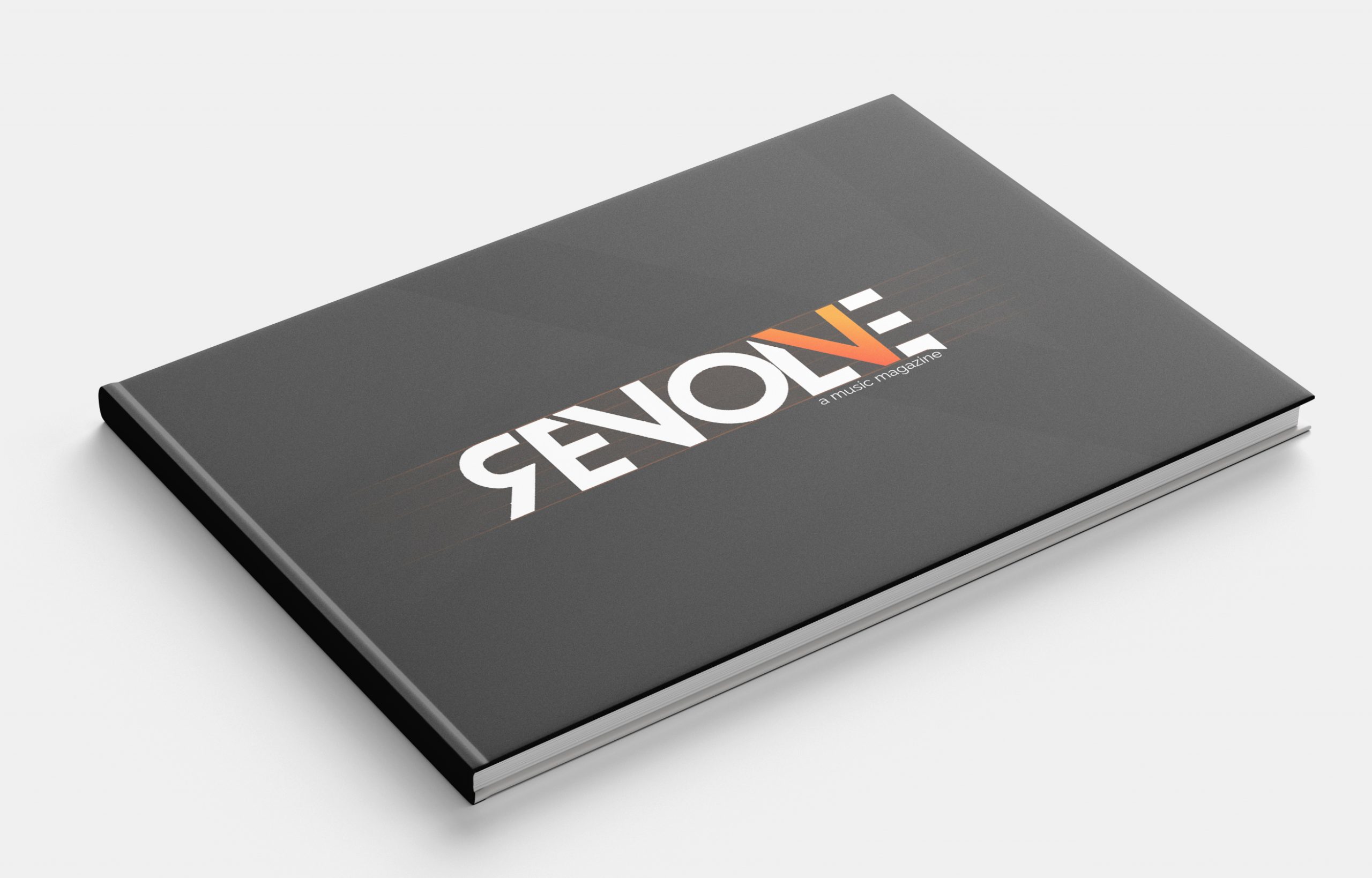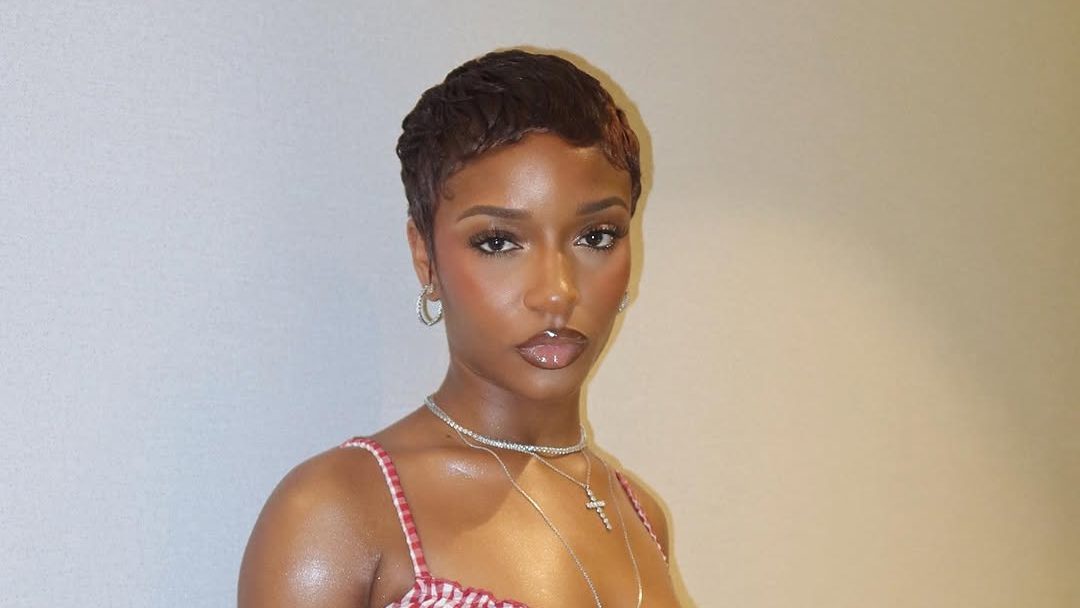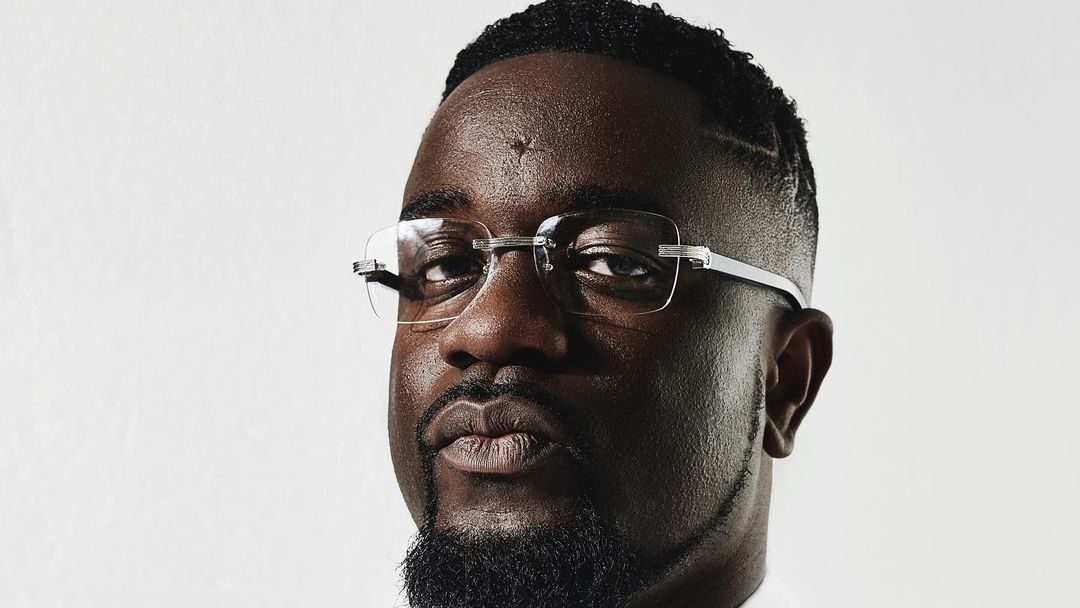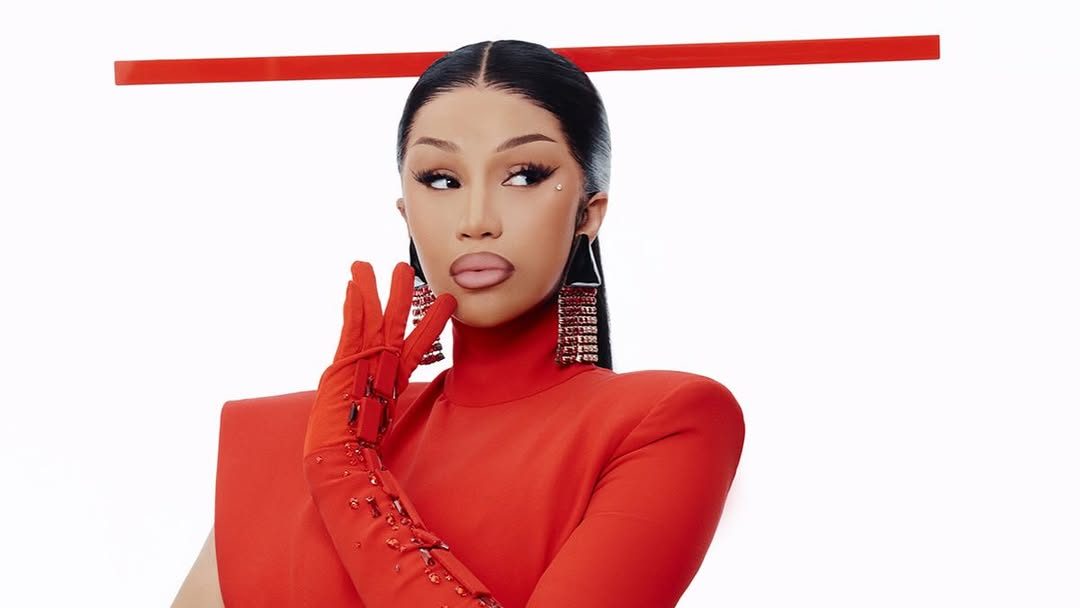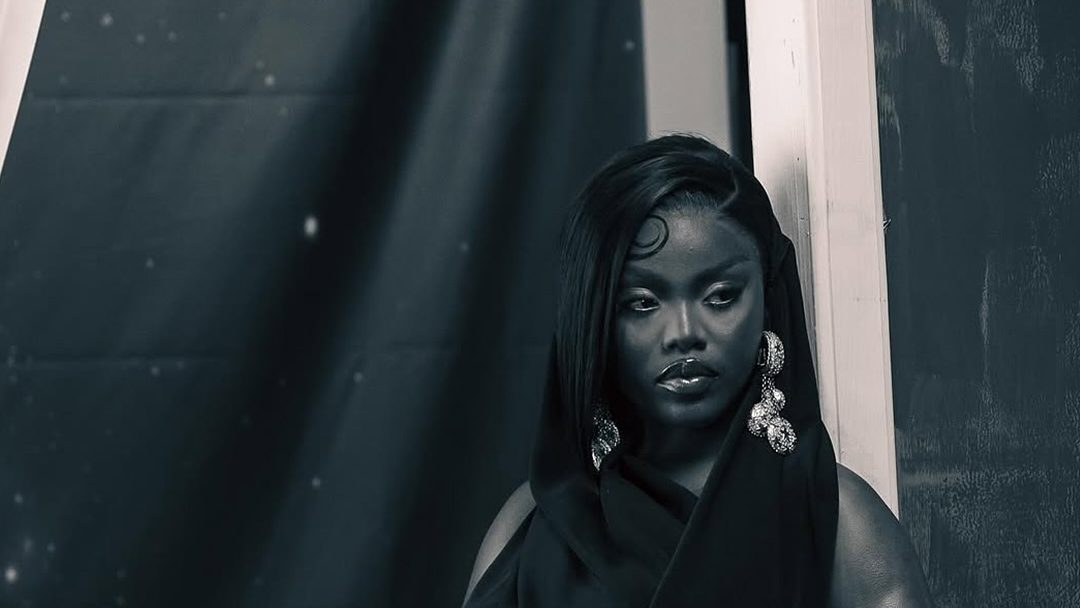2 Chainz/ Lil Wayne
Seven years after its original release, the two rappers deliver a sequel that exists outside of a specific era, containing remnants of bygone times but lacking the charm associated with those eras.
2 Chainz/ Lil Wayne
Interestingly, 2 Chainz is revealed to be five years older than Lil Wayne, a fact that might seem counterintuitive given Wayne’s early entry into the music scene in the mid-’90s. Wayne’s rapid rise through Cash Money Records, starting as a quasi-intern and swiftly moving to radio and television, contrasts with 2 Chainz’s career trajectory, marked by delays and setbacks.
2 Chainz achieved stardom in the early 2010s, entering a post-“Tha Carter III” era where mixtapes retained their uniqueness but rap embraced a brief flirtation with EDM. This period also witnessed the collapse of CD sales, creating an environment where only established megastars or distinctive personas like 2 Chainz could break through the noise.
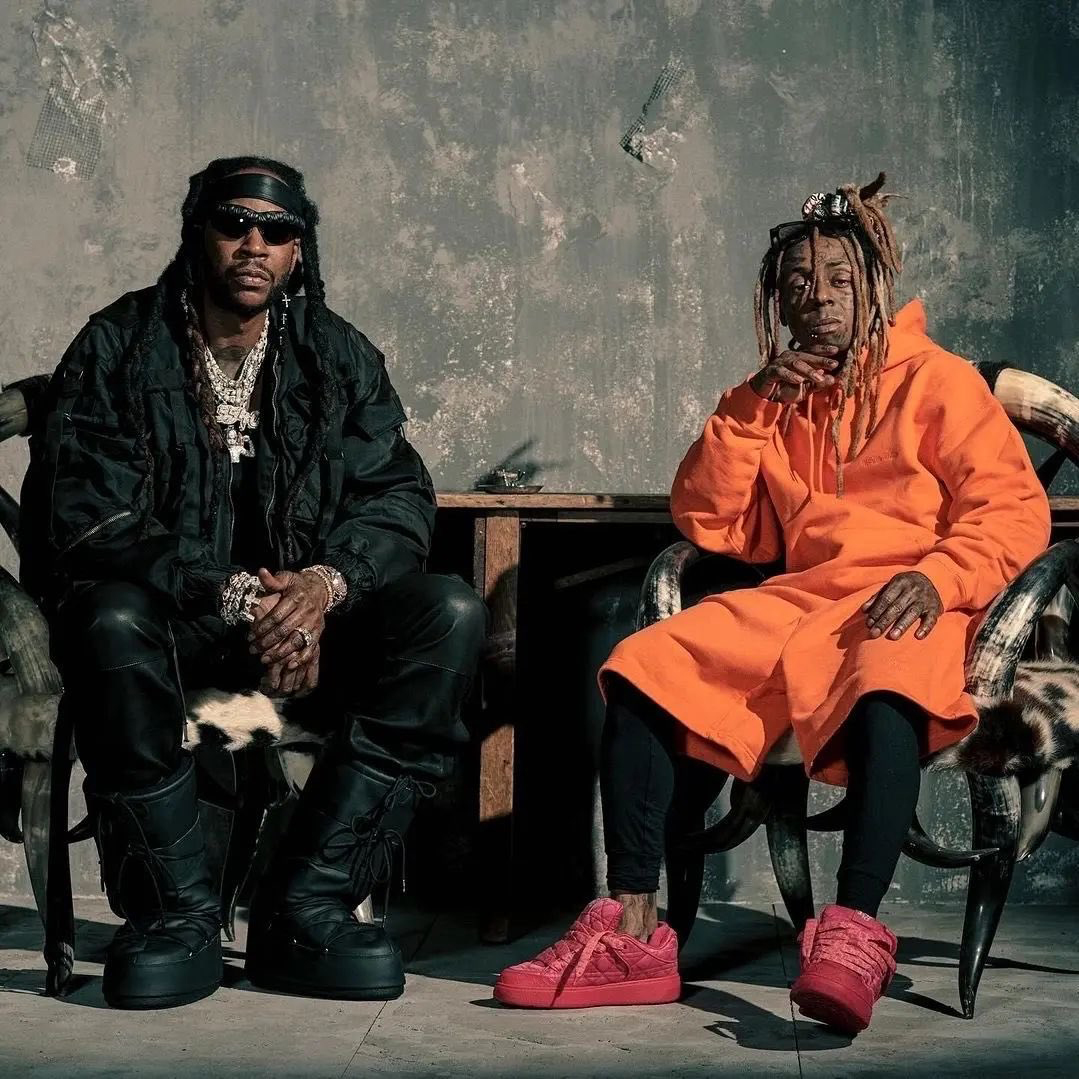
Their solo approaches to past influences differ, with Lil Wayne constantly engaging with the greats of prior generations while 2 Chainz consciously plays with prestigious elements positioned as modern successors to “The Blueprint.”
Regrettably, “Welcome 2 Collegrove,” the second collaboration between these two artists, feels out of sync with time. It is dotted with remnants of two bygone eras but lacks the charms associated with those times. The album’s liner notes evoke a broad era encompassing SARS, Perez Hilton, Iraq war protests, and Obama campaigns, featuring contributions from DJ Toomp, STREETRUNNER, Bangladesh, Big K.R.I.T., Usher, Marsha Ambrosious, among others. However, the LP’s polished execution, characterized by pristine mixes and thin, anonymous beats, does not fully capture the essence of either rapper’s signature style.
Unlike the delirious impulsivity evident in past works, “Welcome 2 Collegrove” confines both artists to a middle-of-the-road approach. The tracks lack the looseness of structure that allowed for inventive flows or daring imagery, resulting in an album that occasionally gestures toward each rapper’s signature style but falls short.
While Lil Wayne manages to inject life into some tracks, particularly on “Significant Other” and “Oprah & Gayle,” where his verses showcase complexity and momentum, the album overall lacks the excitement and jaggedness found in the mixtapes that marked the artists’ earlier careers. Memorable moments are sparse, scattered among numerous forgettable placeholders, making “Welcome 2 Collegrove” feel like a polished yet uninspired collection of ideas that never truly captured anyone’s passion from the start.



